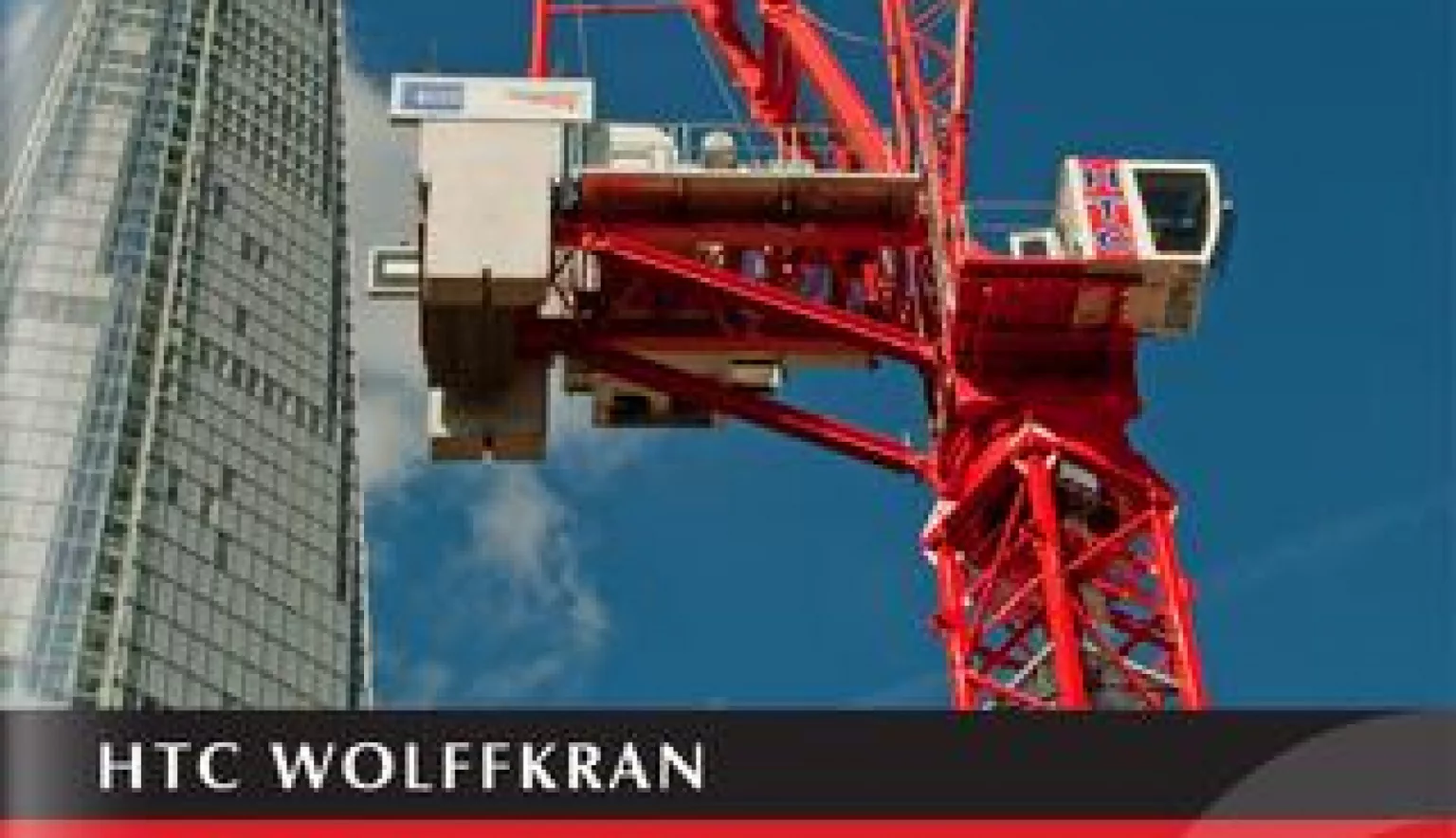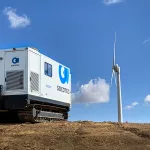For 40 years, the UK’s HTC Plant Ltd and Germany’s WOLFFKRAN have partnered in Europe, and the two global construction heavyweights are now one following an acquisition by the latter which will see the Company edge closer to its goal of being one of the most significant crane manufacturers in the world.
The continent’s construction industry has sat up and taken notice as two of the market’s key crane operators combine to tower above the UK’s capital.
Completed in May, 2015, WOLFFKRAN acquired the UK tower crane rental business, and has subsequently inherited a wealth of expertise, experience and resources to ensure that it does reach goals every bit as lofty as the projects its cranes have helped to build over the years.
With an annual turnover of more than £40 million, a fleet of more than 200 WOLFF tower cranes, a workforce of 370 crane experts and 50 years of market experience, HTC perfectly complements the global growth strategy of the German premium tower crane manufacturer.
The longstanding partnership between the two made the deal even more appealing, while it has also made the transition almost entirely seamless, with no plans to make any changes to HTC’s previous business operations; those which were equally prominent in gaining significant market share in the UK’s construction domain.
The hope for the now rebranded HTC WOLFFKRAN business is that UK customers will benefit most from the strategic fit and long-term investment, as they witness more and more of the notorious, red WOLFF tower cranes grace the London skyline.
A LOGICAL ACQUISITION
With a fleet of more than 200 WOLFF cranes and nearly 400 crane experts in-house, HTC has long been renowned in the market for offering complete tower crane solutions tailored to its customers’ needs.
This made the acquisition all the more logical for WOLFFKRAN’s own development, as Dr Peter Schiefer, CEO and owner of the Company explained: “The acquisition is a big step for WOLFFKRAN, but a very logical one. It’s totally in line with our global strategy of manufacturing, selling, renting and providing related crane services.
“With HTC we are taking an experienced and highly motivated management team and an extremely skilled workforce on board. And the solid UK construction market was just another driver for our decision.”
The name of the new company will be HTC WOLFFKRAN Limited and reflects the combination of high standing expertise in delivering safe and effective tower crane services from HTC paired with state-of-the-art tower crane technology from the German manufacturer.
Dave Holder, Managing Director of HTC, added: “WOLFFKRAN has been the tower crane manufacturer of our choice for decades.
“Its reliable and state-of-the-art cranes are the ideal fit for our ‘be the best’ culture. Becoming a fully integrated part of the WOLFF family fills us with pride and confidence.”
INTEGRATED PORTFOLIO
HTC’s crane portfolio predominantly consists of WOLFF luffing jib cranes that – based on their particular construction – are ideal for construction jobs in tight urban spaces, all the more so in countries with stringent overslewing laws such as the UK.
Both older generation and new WOLFF luffing jib cranes are currently in operation on various high-profile constructions sites in London, including London Bridge Station, Nine Elms Redevelopment and Nova Victoria Development.
With the integration of HTC’s crane fleet, WOLFFKRAN’s global rental fleet will surpass 750 tower cranes, underlining its position as one of the largest tower crane rental companies in the world, comprising a complete tower crane package with the single focus of providing its customers for every need.
UNPARALELLED IN THE INDUSTRY
When analysing the true benefits that the UK will reap as part of this more concerted amalgamation, prospective customers needn’t look any further than its Central European neighbours; many of whom have had their cities’ infrastructures enhanced thanks to WOLFFKRAN’s influence.
In Cologne, Germany, the highest freestanding WOLFF crane helped renovate the TÜV Rheinland high-rise in the centre of the city. At 130 metres, the high trolley jib crane was commissioned by Bilfinger Hochbau GmbH, and will fit the building with a new, modern glass facade over the course of the next two years.
While a hook height of 130 metres is usually comfortable for a tower crane, a freestanding 130 metre hook height is a challenge. At the TÜV Rheinland construction site, however, this was the only possibility.
“We couldn’t place the crane close enough to the building to tie it to the building,” explained Carsten Druske, Branch Manager of WOLFFKRAN Dortmund. “Further, none of the surrounding buildings had a flat roof that could support the 152 tonne heavy crane. Actually, these couldn’t even support the scaffolding.”
“Our technical support department achieved remarkable structural calculation, unparalleled in the industry.”
Equally showing that skyscrapers aren’t just reserved for Dubai or China, Basel’s Roche Building 1 has similarly benefited from WOLFF’s influence in 2015.
Measuring 178 metres high, Marti AG employed WOLFF tower cranes to raise the building which required a hook height of 204 metres; the tallest crane used in the history of Swiss construction.
In addition to its impressive height, it was also the unique design of the Roche Building 1, with a tapering silhouette at the top, which required a sophisticated crane concept. To tackle these challenges, the WOLFFKRAN team closely cooperated with both the logistics specialists of the contractor and the architects of the building to ensure every step of the build was done logically and safely, while also epitomising a collaborative philosophy within WOLFFKRAN that is sure to stand the new acquisition in good stead.























